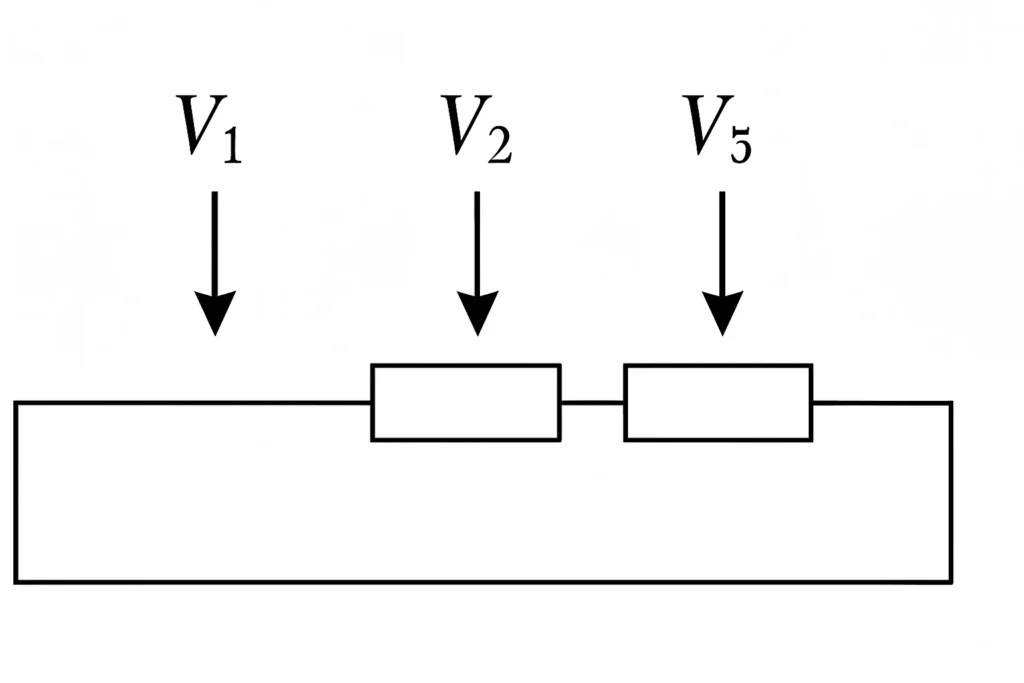Voltage Drop Calculator
Voltage drop calculators are very important for making safe, efficient, and reliable circuits in electrical engineering and everyday wiring jobs. A voltage drop calculator is a digital tool that makes this technical evaluation simple. It helps both professionals and consumers make sure their electrical setups meet standards and work as well as they will.

What Is Voltage Drop?
When electrical current flows through a conductor, the voltage drop is the drop in voltage. It happens on its own because wires or cables resist it. If this drop is too big, the electrical devices at the end of the circuit may not work right. For example, lights may dim, motors may not run well, or sensitive electronics may break.
Why Is Voltage Drop Calculation Critical?
Proper voltage allows appliances and systems to run to their full potential. Excessive voltage drop can:
- Reduce efficiency.
- Causes overheating of wires.
- Lead to equipment failure.
- Violate safety codes.
By calculating voltage drop in advance, you ensure that the wire gauge and length are suitable for the intended load, helping prevent hazards and costly repairs.
How Does a Voltage Drop Calculator Work?
A voltage drop calculator is an online or app-based tool that calculates how much voltage will be lost in a wire run, based on several input variables:
- Conductor type and size (such as copper or aluminum, and wire gauge)
- Length of wire run
- Load current
- Voltage level (e.g., 230V or 120V)
- Phase type (single-phase or three-phase)
After entering these specifications, the calculator uses the standard formula:Voltage Voltage Drop=CM2×K×L×I
Where:
- KK = resistivity constant (varies with material)
- LL = length of the conductor
- II = current in amperes
- CMCM = circular mil area of the conductor
Advanced calculators may factor in temperature, alternating/direct current differences, and regulatory compliance.
Benefits of Using a Voltage Drop Calculator
- Accuracy: Automates complex math, reducing human error.
- Time-saving: Instant results for quick planning.
- Code compliance: Ensures designs meet electrical standards (like NEC or local regulations).
- Cost efficiency: Avoids oversizing wires, saving material costs.
- Safety: Minimizes risks of fire or equipment damage.
Practical Applications
- Residential building wiring: Ensuring lighting and sockets work efficiently in large homes.
- Commercial installations: Assessing cable requirements for long runs in factories or office blocks.
- Renewable energy: Designing solar panel installations where cables may travel long distances.
- Electric vehicle charging stations: Guaranteeing proper voltage at the charger for reliable operation.
How to Use a Voltage Drop Calculator
The process is straightforward:
- Input wire characteristics: Select conductor material and gauge.
- Define circuit specifics:Enter the length, load, and voltage.
- Review results: The calculator provides voltage drop and may recommend minimum wire size if the drop is excessive.
- Make adjustments:Modify wire gauge or layout as needed to stay within recommended drop limits (usually less than 3% for most applications).
Final Thoughts
A voltage drop calculator is not only useful but also necessary for anyone who uses electricity. Using this kind of calculator can help make sure that every electrical project is safe, up to code, and works as it needs to, whether you’re a professional engineer, a contractor, or a motivated homeowner.
It’s easier—and smarter—than ever to perform accurate voltage drop calculations with technology at your fingertips.
